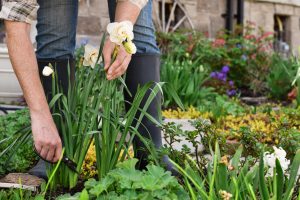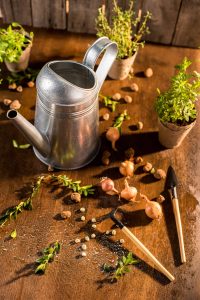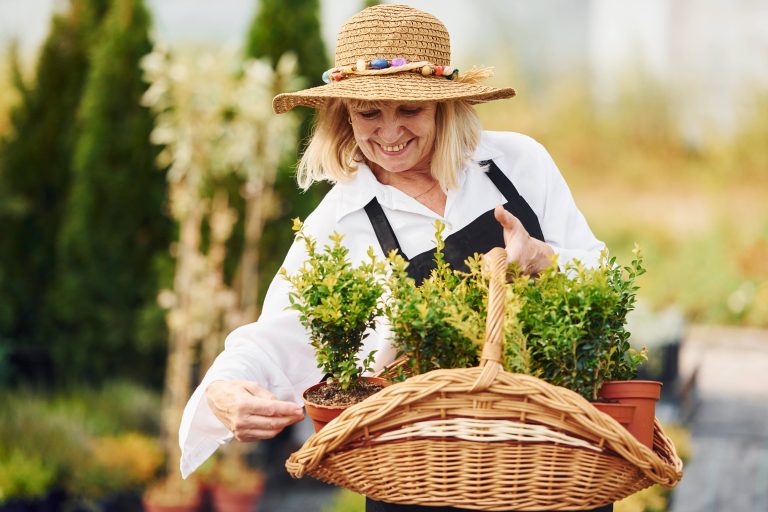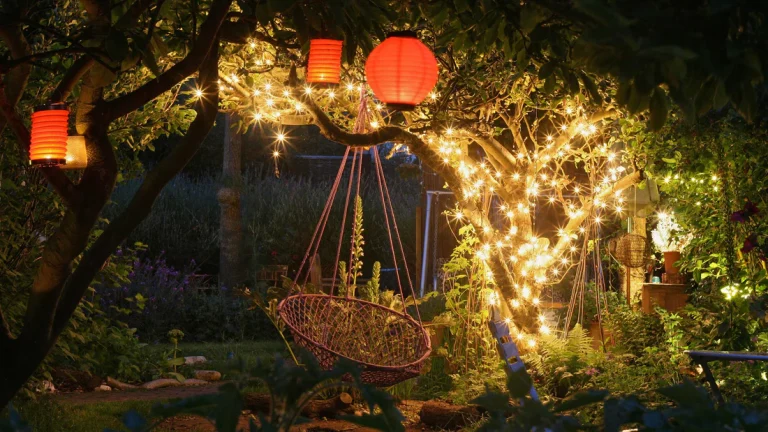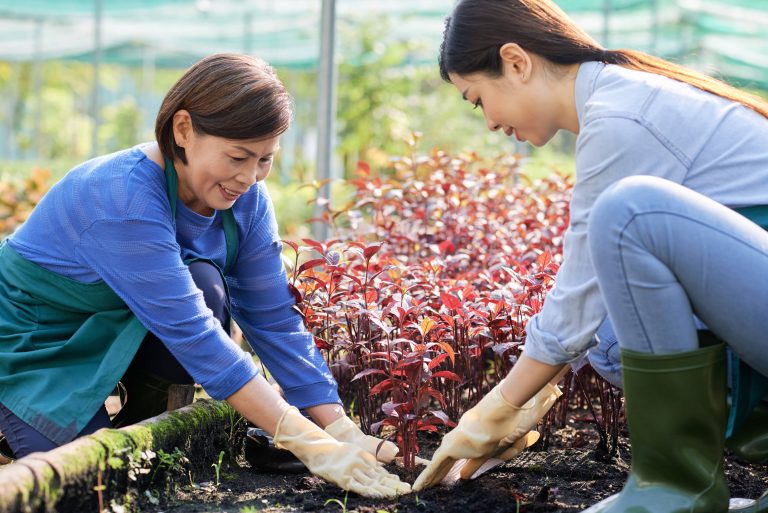
Have you ever admired the vibrant bouquets at your local farmer’s market or wished to have fresh flowers directly from your garden to your vase? Starting a cut flower garden might be just what you’re looking for. It can transform your landscape into a beautiful, blooming paradise and provide you with fresh flowers to cut and display in your home throughout the growing season. Whether you’re a novice gardener or a seasoned plant enthusiast, a cut flower garden can be a rewarding endeavor.
Here are several suggestions to guide you in starting a flourishing cut flower garden, even if you’re a beginner.
1. Plan Your Garden Location
Before digging up the soil, it’s crucial to choose the right location for your cut flower garden. Whether it’s in the corner of your yard, alongside your vegetable patch, or even in containers on your patio, the location should meet these basic requirements:
– Sunlight: Most flowering plants require a minimum of 6 to 8 hours of sunlight daily. Choose a site that gets full sun to ensure vibrant blooms.
– Soil Quality: Ensure the soil is well-draining. If the soil is heavy clay or sandy, consider improving it by adding organic matter like compost or well-rotted manure.
– Water Access: Make sure you have easy access to water, as consistent moisture is crucial, especially during the hot summer months.
2. Choose Your Flowers Wisely
The key to a successful cut flower garden is selecting plants that not only add visual appeal to the garden but are also excellent for cutting. Here are some beginner-friendly flowers to consider:
– Sunflowers: Known for their bright, sunny appearance, they can add height and a cheerful vibe to your garden.
– Zinnias: These come in a variety of colors and are drought-tolerant, making them easy to grow.
– Snapdragons: They flourish in cooler temperatures and add vertical interest.
– Dahlias: Known for their stunning blooms, they provide continuous floral displays from mid-summer to frost.
– Lavender: Provides both visual and aromatic appeal, and it’s relatively easy to care for.
– Sweet Peas: Known for their enchanting fragrance, they’re a lovely addition to any bouquet.
When selecting flowers, consider a mix of heights, colors, and bloom times to ensure continuous production of beautiful blooms throughout the growing season.
3. Prepare the Soil
Once you’ve selected the ideal location and chosen your flowers, it’s time to prepare the soil for planting. Proper soil preparation can make a significant difference in the health and productivity of your garden.
– Clear the Area: Remove any weeds, debris, or grass from your selected plot. This prevents competition for nutrients and space.
– Test the Soil: Conduct a soil test to determine pH levels and nutrient deficiencies. Many cut flowers prefer a soil pH between 6.0 and 7.0.
– Amend the Soil: Add compost, well-rotted manure, or other organic matter to enrich the soil. Amendments improve soil texture, fertility, and water retention.
4. Plan Your Planting Layout
Thoughtful planning can result in a more visually appealing and functional garden. Consider these planting tips:
– Rows or Clusters: You can plant flowers in neat rows or in clusters, depending on your aesthetic preferences.
– Spacing: Follow the recommended spacing for each plant type to ensure optimal growth and airflow.
– Height and Succession: Place taller plants at the back if your garden is against a wall or in the center if it is circular or island-style. Plan for succession planting by staggering your planting times to have continuous blooms.
5. Focus on Maintenance
Once planted, a cut flower garden requires regular maintenance to keep plants healthy and productive.
– Water Wisely: Morning watering is best as it reduces evaporation and allows foliage to dry before nightfall, preventing diseases.
– Weed Regularly: Weeds compete with flowers for nutrients, so keep your beds clear. Consider using mulch to suppress weeds and retain soil moisture.
– Deadheading: Remove spent blooms to encourage plants to produce more flowers.
– Pest and Disease Control: Keep an eye out for pests like aphids or snails, and use organic methods for control, such as neem oil or insecticidal soap.
6. Harvesting and Arranging
The fruits of your labor culminate in the joy of picking fresh flowers from your garden. Here are some tips for harvesting:
– Cut in the Morning: Harvest flowers in the cool of the morning when their stems are filled with water.
– Use Sharp Tools: Use a sharp pair of scissors or floral snips to cut stems. This minimizes damage and promotes faster healing.
– Condition the Stems: After cutting, remove any leaves that will be below the waterline and place flowers in lukewarm water for a few hours to condition them before arranging.
Arranging flowers is a personal and creative process. Enjoy experimenting with different combinations and styles.
7. Learn and Adapt
Gardening is a learning process. Take notes of what plants thrived, the ones that didn’t, and any issues you faced. This will help you make adjustments for the next growing season.
Creating a cut flower garden can be a deeply satisfying project that brings beauty and joy into your home. With careful planning and attention, you can turn your garden into a mini flower farm capable of providing stunning floral displays from spring through the fall. Happy gardening!




